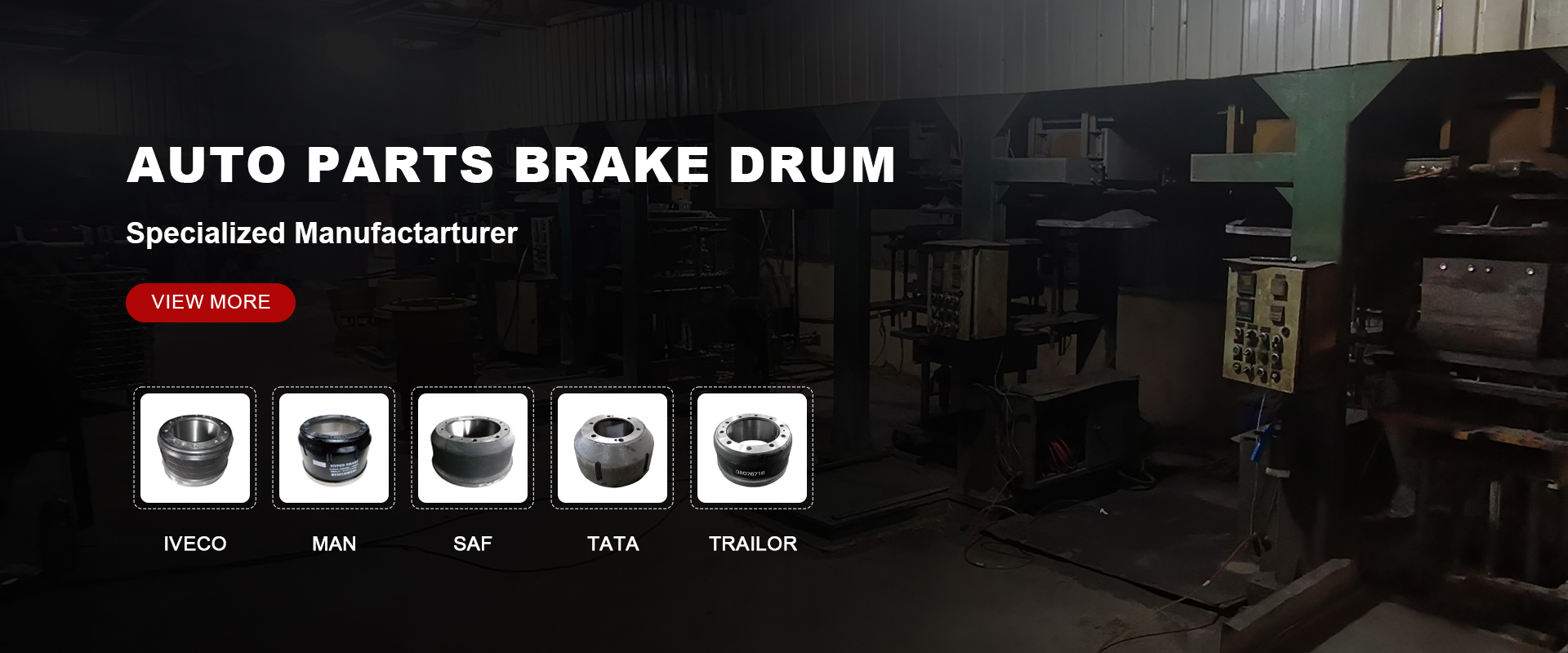Sep . 01, 2024 16:52 Back to list
How to Remove Brake Drum
Removing Brake Drum A Step-by-Step Guide
The brake drum is an integral part of a vehicle’s braking system, particularly in those utilizing drum brakes. Understanding how to remove a brake drum is essential for any DIY mechanic or car enthusiast. It allows for inspections, maintenance, and even upgrades to the braking system, ensuring safety and optimal performance. Here, we provide a comprehensive step-by-step guide on how to safely and effectively remove a brake drum.
Tools and Safety Equipment
Before starting, gather the necessary tools and safety equipment. You will need
- Jack and jack stands - Lug wrench - Brake drum puller (if necessary) - Screwdriver - Pliers - Clean rags - Safety goggles and gloves
Safety is paramount. Always wear safety goggles to protect your eyes and gloves to keep your hands safe from sharp edges and debris.
Step 1 Prepare the Vehicle
Start by parking the vehicle on a flat surface and engaging the parking brake. This ensures that the car remains stationary while you work. Next, loosen the lug nuts on the wheel covering the brake drum, but do not remove them completely at this stage.
Step 2 Lift the Vehicle
Using a jack, raise the vehicle off the ground. Once elevated, secure it with jack stands to prevent any accidental falls. Make sure the vehicle is stable before proceeding to the next step.
Step 3 Remove the Wheel
Now that the vehicle is secure, remove the lug nuts completely and slide off the wheel to expose the brake drum. This is the moment where you might notice some wear and tear on the brake components, which is important for further inspection.
removing brake drum

Step 4 Inspect the Brake Drum
Before attempting to remove the brake drum, inspect it for any visible signs of wear, damage, or rust. This can provide valuable information regarding the overall condition of the brakes and may influence your decision to replace them.
Step 5 Remove the Brake Drum
In many cases, the brake drum can be removed by simply pulling it off the hub. However, if it is stuck due to rust or debris, you may need to take additional steps.
1. Locate the Access Holes Most brake drums have holes near the back for adjusting the brake shoes. Using a screwdriver, turn the adjustment screw to retract the brake shoes slightly, which can ease the drum's removal.
2. Use a Brake Drum Puller If the drum remains stuck, a brake drum puller can be utilized. Attach the puller according to the manufacturer’s instructions, ensuring it is secured to the drum. Gradually tighten the puller’s center screw, which will help break the drum free from the hub.
3. Remove the Drum Once free, gently wiggle and pull the drum off the wheel hub. Be cautious, as there may be brake spring tensions still at play, especially if you are dealing with older brake systems.
Step 6 Clean and Examine
After removing the drum, take time to clean the inner surfaces and inspect the brake shoes and hardware for wear. This inspection will help determine if any components need replacement or further maintenance.
Conclusion
Removing a brake drum is a manageable task that can empower vehicle owners to take charge of their automobile's maintenance. With attention to safety and attention to detail, this process not only enhances mechanical knowledge but also contributes to the overall performance and safety of the vehicle. Always remember, if you encounter challenges or uncertainties, consulting a professional mechanic is a wise choice to ensure safety remains a priority.
-
Scania Brake Drums: OEM Quality for Optimal Safety & Durability
NewsAug.16,2025
-
R.V.I: Advanced Remote Visual Inspection for Precision
NewsAug.15,2025
-
Discover HYUNDA: Innovative Vehicles, Equipment & Solutions
NewsAug.14,2025
-
R.V.I: Unlock Advanced Insights & Real-time Performance
NewsAug.13,2025
-
Kamaz Brake Drum: Durable & Reliable for Heavy Duty Trucks
NewsAug.12,2025
-
Heavy Duty Iveco Brake Drum - Premium Quality & Safety
NewsAug.11,2025
